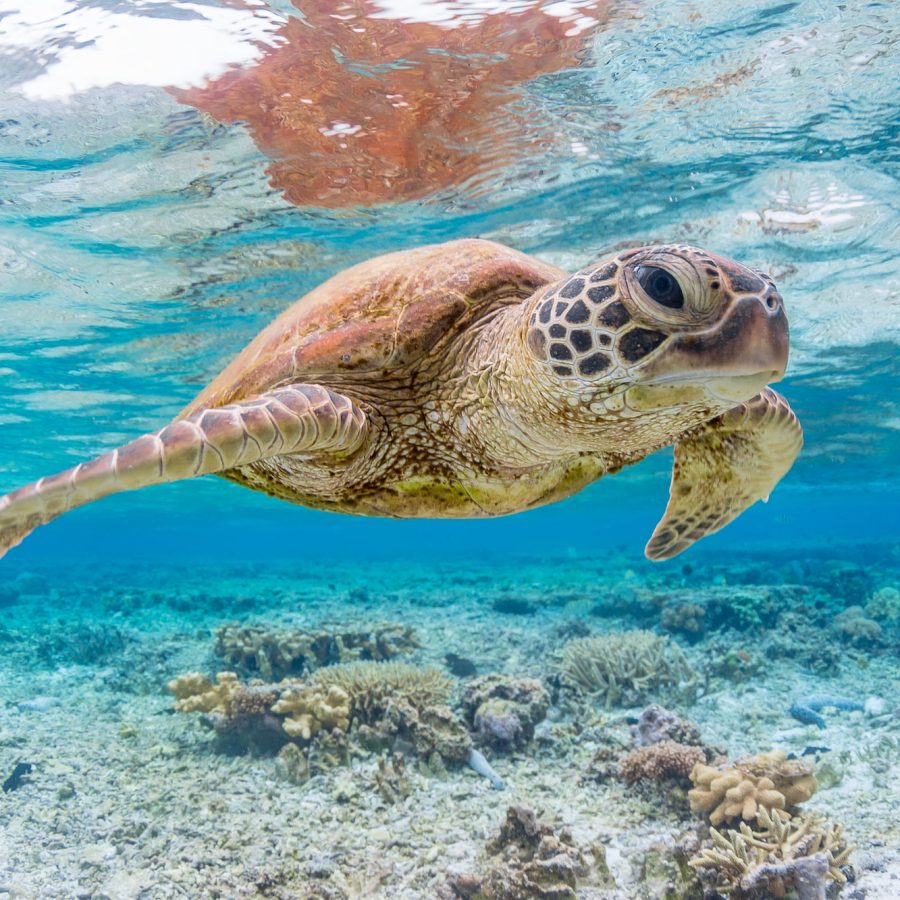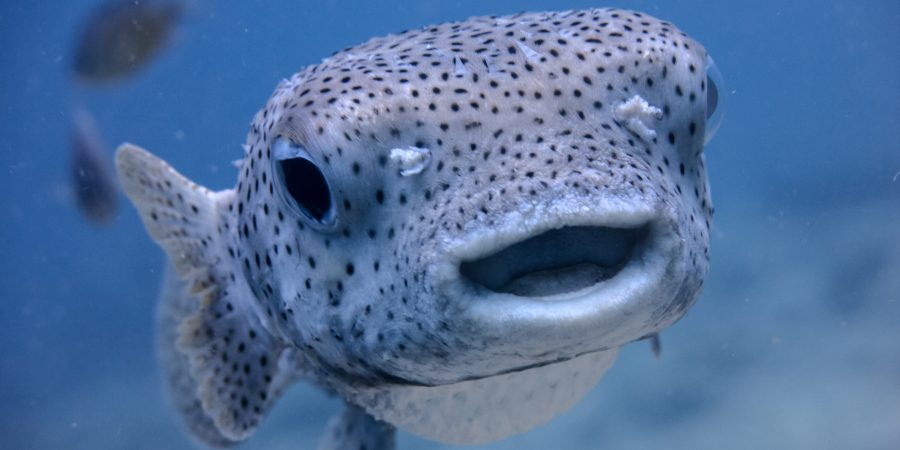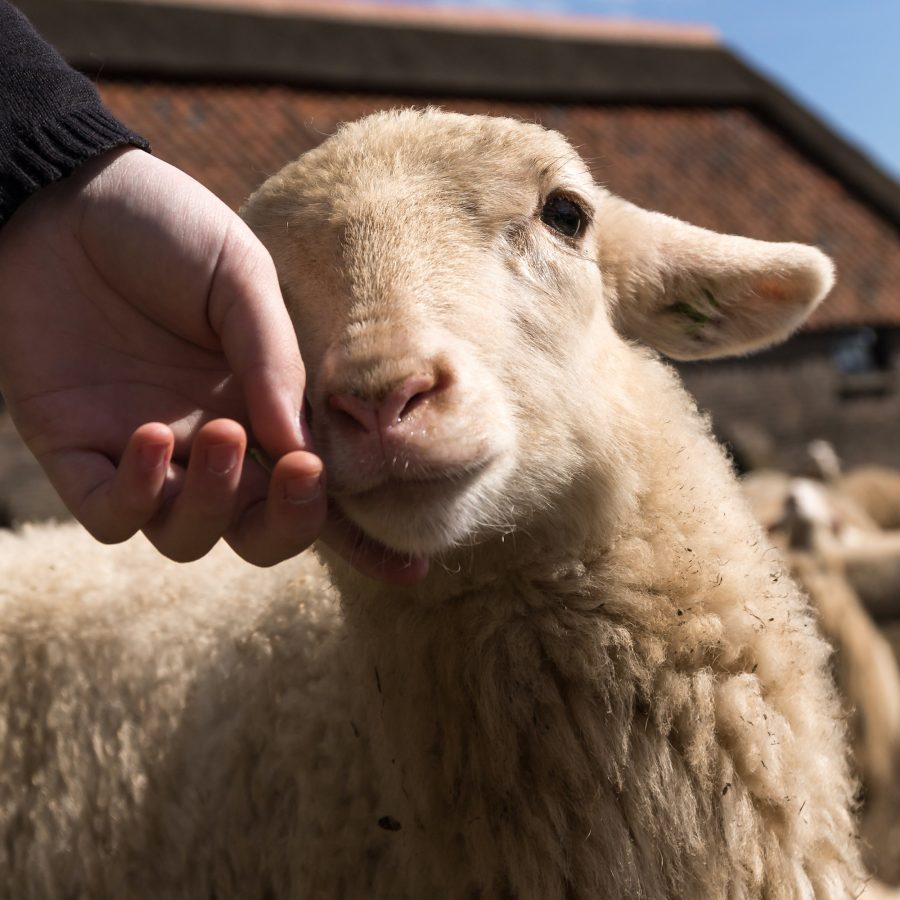Oceans cover over 70 percent of the Earth’s surface and play host to an incredibly delicate eco-system – an underwater world that gives life to both marine and land animals – including us.
But dip just below the surface and you’ll see all is not well. Every day, our oceans and the unique and precious creatures who call them home are being exploited. Beneath the vast big blue, marine animals and their habitats are being destroyed, discarded, and poisoned.
Human activities are impacting the world’s oceans so much that 30%-50% of vulnerable marine habitats have already been lost and thousands of marine animals are in serious trouble.
The good news, a problem known is a problem we can solve. Read on to discover how we can each play a role in protecting our precious marine life and their ocean home.















